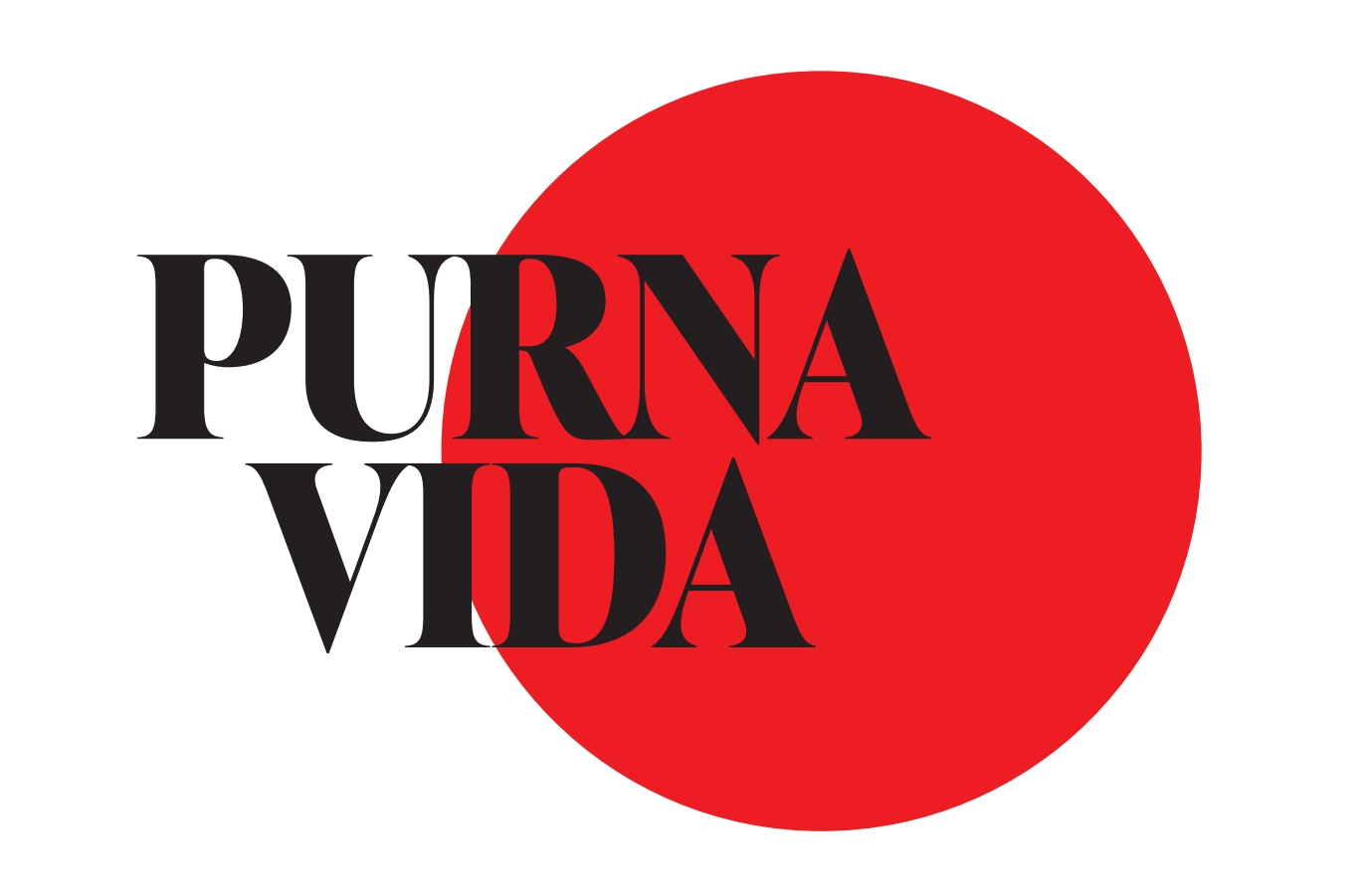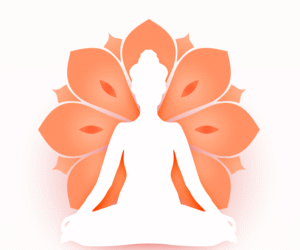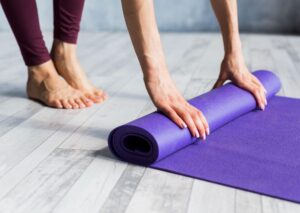In a world that often feels like it’s spinning too fast, have you ever longed for a sense of balance, a connection to something deeper and more natural? If that resonates, then perhaps it’s time we had a little chat about Ayurveda – the ancient Indian science of life.
For centuries, long before our modern wellness trends, Ayurveda has been a guiding light, illuminating the path to holistic well-being. It’s not just about treating ailments; it’s a comprehensive system that emphasizes preventing illness and nurturing your unique mind-body constitution. Think of it as a personalized roadmap to living your most vibrant life.
Now, I know “ancient science” might sound a bit intimidating, conjuring up images of dusty scrolls and complicated jargon. But trust me, at its heart, Ayurveda is beautifully simple and profoundly intuitive. It’s about understanding the fundamental energies that govern our universe and how they manifest within each of us.
The Three Pillars: Understanding Your Doshas
At the core of Ayurveda lies the concept of the three doshas: Vata, Pitta, and Kapha. These aren’t something you catch; they are fundamental energies or constitutions that describe our unique blend of physical, mental, and emotional characteristics.
- Vata: Imagine the wind – light, airy, and always in motion. People with a dominant Vata dosha tend to be creative, energetic, and quick-thinking. However, when out of balance, they might experience anxiety, restlessness, and dry skin. Think of that friend who’s always buzzing with new ideas but sometimes struggles to focus.
- Pitta: Picture fire – intense, transformative, and full of energy. Those with a strong Pitta are often intelligent, driven, and have a strong digestive fire. When imbalanced, they might become irritable, prone to inflammation, or experience digestive issues. They’re the passionate go-getters who can sometimes get a little fiery under pressure.
- Kapha: Envision earth and water – stable, grounding, and nurturing. Individuals with a dominant Kapha dosha are typically calm, steady, and have a strong build. When out of balance, they might feel sluggish, gain weight easily, or become overly attached. They’re the reliable, comforting souls who sometimes need a little nudge to get moving.
We all possess a unique combination of these three doshas, with one or two usually being more dominant. Understanding your own constitution – your Prakriti – is the first step in your Ayurvedic journey. It’s like discovering your personal operating system!
More Than Just Herbs: A Holistic Approach
Ayurveda isn’t just about taking herbal remedies, although that’s certainly a part of it. It encompasses a whole lifestyle approach that includes:
- Diet: Eating foods that are in harmony with your dosha and the seasons is crucial. Think fresh, whole foods prepared with love and intention.
- Lifestyle: Establishing healthy daily routines (known as Dinacharya), including waking up early, regular exercise (like yoga or mindful walking), and sufficient sleep, is vital for maintaining balance.
- Yoga and Meditation:These practices help to calm the mind, reduce stress, and promote physical flexibility and strength, all of which are integral to Ayurvedic well-being.
- Herbal Remedies: When needed, specific herbs and formulations are used to gently restore balance and support the body’s natural healing abilities.
- Massage (Abhyanga): Regular self-massage with warm oils is a deeply nourishing practice that helps to calm the nervous system, improve circulation, and promote lymphatic drainage.
Why Embrace Ayurveda Today?
In our modern lives, we’re often bombarded with quick fixes and external solutions. Ayurveda offers a refreshing alternative – a journey inward to understand our own unique needs and empower ourselves to live in greater harmony with nature. It’s about listening to your body’s whispers before they turn into shouts.
Whether you’re seeking relief from a specific ailment, looking to enhance your overall well-being, or simply curious about 1 a more natural way of living, Ayurveda offers profound wisdom and practical tools. It’s an invitation to slow down, reconnect with yourself, and discover the incredible potential for balance and vitality that lies within.
So, are you ready to take the first step on this ancient path to well-being? It’s a journey of self-discovery, and trust me, it’s a beautiful one.









1 Comment
testing